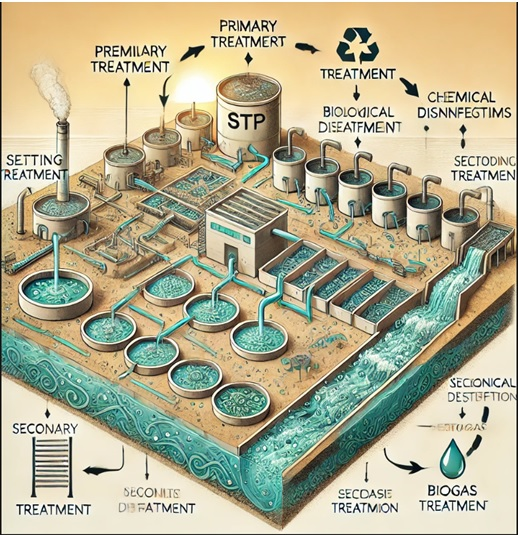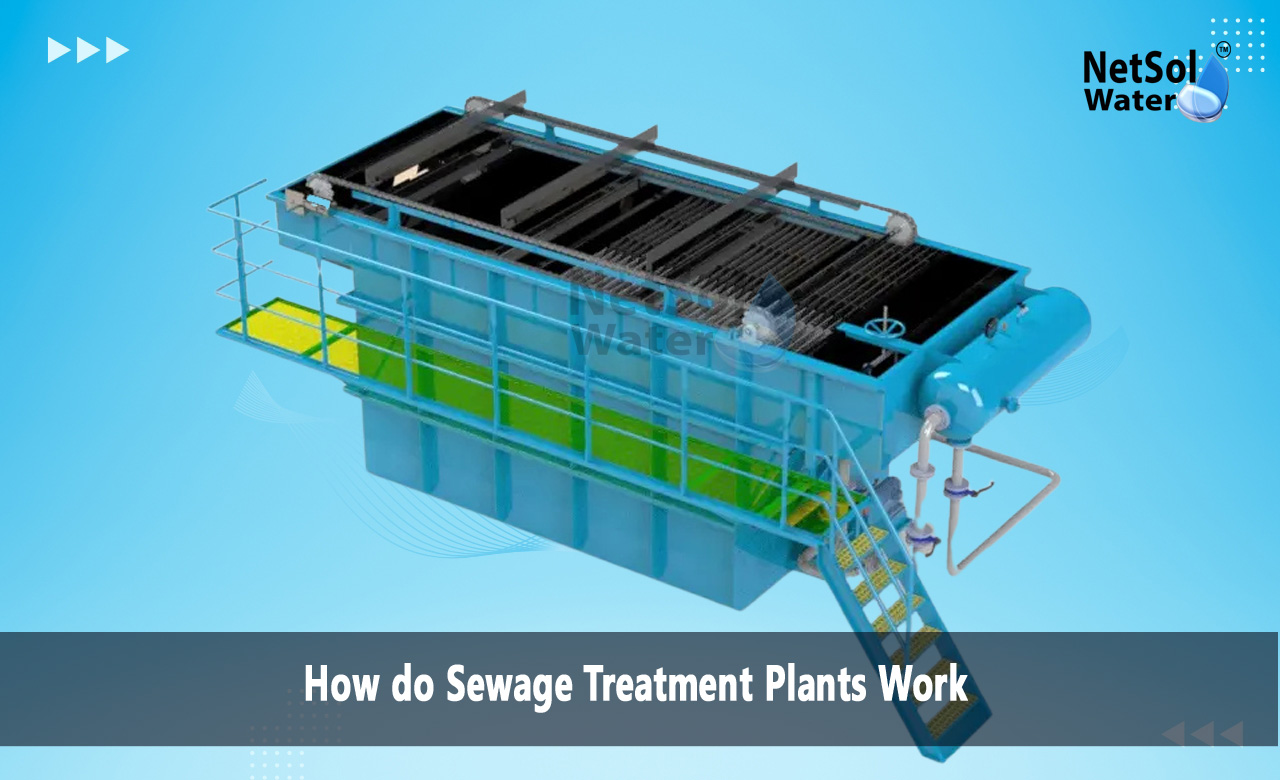How do STP Plants Work?
Water is an important element in all our lives and with the current trends of city development and industries, proper disposal of wastes containing water is scarce. This is where sewage treatment plants come in handy. But, firstly, it is necessary to understand how the sewage treatment plants work and why are they so important?
We will cover their insights and explain how they manage to purify water to the state where it can be recycled or safely discharged.
Why Sewage Treatment Plants Are Necessary?
To start with, let us look at what sewage treatment plants are all about. Such facilities prevent the flow of untreated wastewater to natural water sources. Untreated sewage leads to high impact on the ecosystem as well as water quality as well as other major health complications. In this way, applying the scientific methods necessary to the process, the sewage treatment plants make sure that the waters excluding the sewage are treated to the necessary environmental quality before being returned to be used in a cycle or released.
What Is the Working of Sewage Treatment Plants?
Sewage treatment plants have a number of stages each of which focuses on a specific gross contraction process. Here's a breakdown of how do sewage treatment plants work:
1. Preliminary Treatment
The first step focuses on removing large solids and debris that can damage treatment equipment. This stage uses screens and grit chambers to capture materials like plastics, rags, and sand. By eliminating these items early, the plant ensures smooth operations in subsequent stages.
2. Primary Treatment
During this stage, the wastewater is passed into settling tanks where denser particles such as sludge settle at the bottom while lighter materials such as oil float on top. Both floating and settled materials are then extracted, leaving behind relatively clean water. This step is significant in minimizing the content of solids in the wastewater
3. Secondary Treatment
This involves biological treatment of dissolved and suspended organic matters. The wastewater is dosed with microorganisms that digest the organic pollutant. After the biological digestion, the treated water is further transferred to settling tanks, in which the suspended solids and the microbial mass settles down. At this stage, the quality of water improves greatly.
4. Tertiary Treatment
This third level of treatment will target nutrients, heavy metals, and even pathogens that the first and second will leave out. There is often filtration, chemical disinfection, or reverse osmosis. The end product is very clean water that is safe to release into the environment or be reused for industrial purposes.
5. Sludge Treatment
The solid wastes or sludges collected during the initial phases are separately treated to decrease the volume and be safe for either disposal or reutilization. Anaerobic digestion, a technique, helps convert sludge into biogas, which serves as a renewable source of energy.

Why Sewage Treatment Plants Are Required?
It can be understood from how the sewage treatment plants work about its importance in solving some of the most critical environmental and public health issues. Here are a few key reasons why they are considered utterly indispensable:
· Environmental Protection: By removing pollutants, these plants prevent water bodies from becoming dumping grounds for untreated waste, preserving aquatic ecosystems.
· Water Reuse: The treated water is reused in industry, agriculture, or landscaping; this minimizes the exploitation of freshwater.
· Resource Recovery: Almost all plants recover energy and material from wastewater and are, therefore, a step closer to sustainable development.
· Public Health: Sufficient treatment kills dangerous bacteria and viruses and therefore prevents the possibility of waterborne diseases.
Challenges in Sewage Treatment
Although sewage treatment plants are efficient, they still face a number of challenges, such as:
· High Costs: Setting up and maintaining these plants is very expensive.
· Energy Consumption: Most of the treatment processes consume a lot of energy, although modern technologies are helping to reduce this burden.
· Public Awareness: Many communities lack understanding about the importance of wastewater treatment, leading to resistance or misuse of facilities.
Overcoming these challenges requires government support, community participation, and continued innovation in wastewater treatment technologies.
Conclusion
In order to understand how STPs contribute to the creation of a sustainable environment, it is important to get familiar with the functioning of STPs. These plants utilize physical, biological, and chemical means to treat wastewater and produce water that is useful to both humans and the environment.
Sewage treatment plants are not just compliance expenditures but investing in the future of our planet and its resources, in the health of future generations and the safety of our communities. All this can be achieved by increasing awareness and support for development in this field.
Do you need an advice or assistance on selecting the best water and waste water treatment unit? We have solutions for all your problems!
Let us know your problem, our experts will make sure that it goes away.
For an assistance or related query,
Call on +91-965-060-8473 Or write us at enquiry@netsolwater.com



